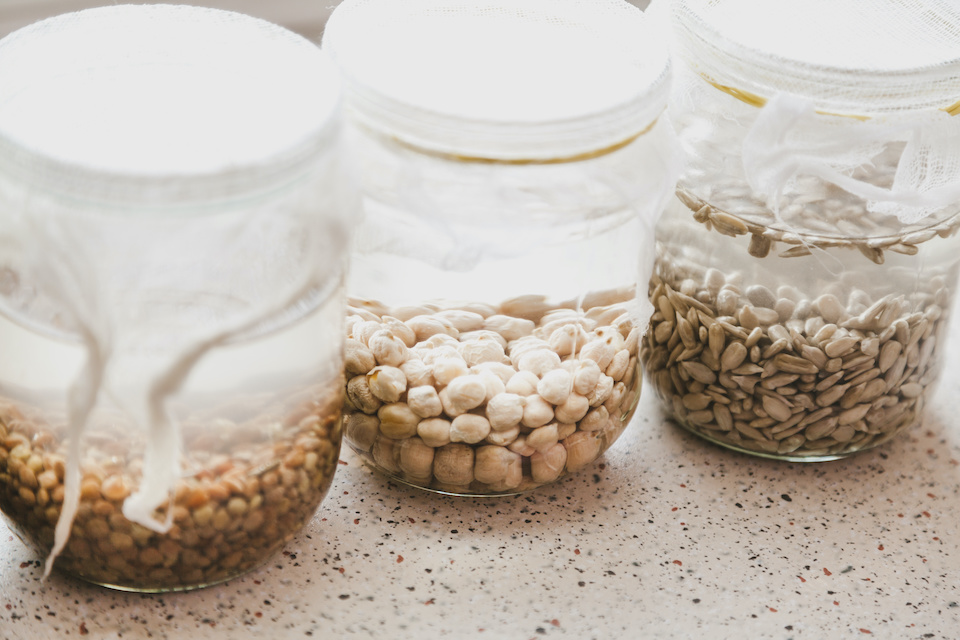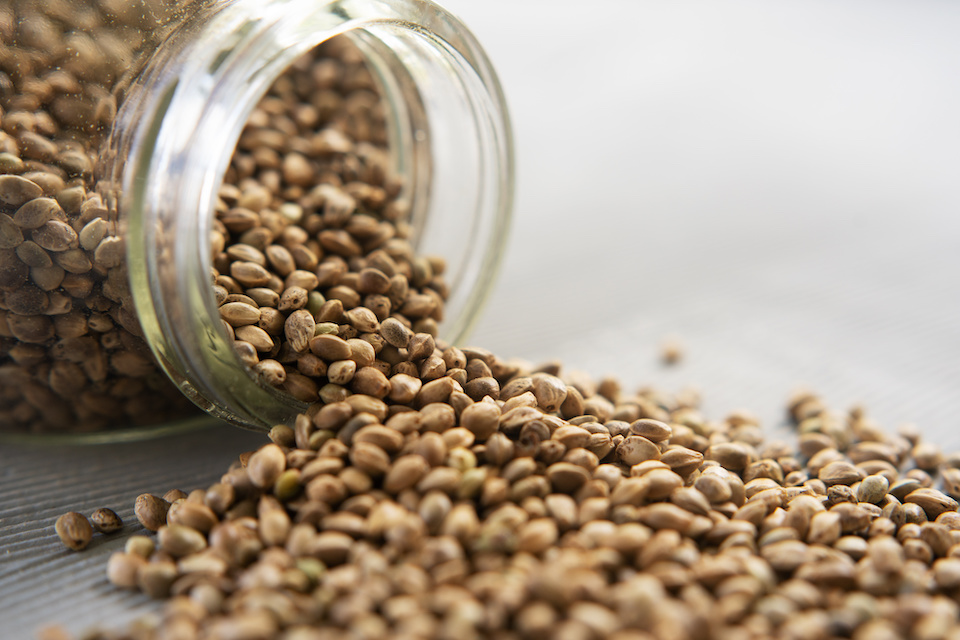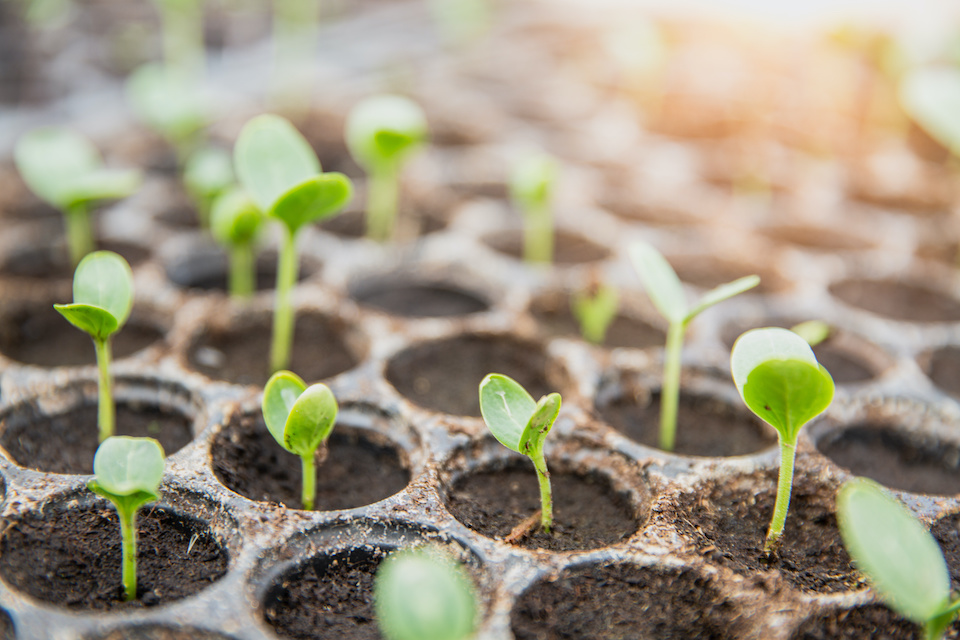Have you ever had the disappointment of your seeds not germinating? I know that I have, and it is a real source of discouragement. Or what about those seeds that take forever just to sprout? I consider myself a patient person, but some seeds have really pushed me to my limit with their sluggish sprouting rate. Over the years, I have learned a few tricks to improve the germination rate and speed of seeds.
With some seeds, these techniques have sped up germination by as much as 3x. So, if you tend to get impatient (like me) and want to see little seedling pushing through the soil, you have to try some of these tips.
Paper towel sprout

This method takes advantage of moisture and a closed environment to create a mini-greenhouse effect. Select a glass or plastic container with a lid and line the bottom of the container with a damp paper towel. Sprinkle seeds on top of the paper towel, close the lid, and label the container so that you know what seeds you planted. Place the container in an area that does not receive direct sunlight. This is a critical step because you want to keep the inside of the container from becoming too hot. Fresh seeds will germinate in as little as one day using this method. Lettuce, kale, cauliflower, broccoli, and bok choy all sprout quickly. Other seeds such as tomatoes, onions, and beets take about three days to sprout, while tomatoes will take up to five days to germinate.
Once roots have formed (but are not too long), it is time to plant the seeds. Fill small pots with lightweight potting mix and place the pots on saucers. Plant bigger seeds a little deeper than smaller seeds, but don’t plant either too deep. Place water in the saucer below the pot and allow the soil to take up moisture. Place the container where it will get some good sunlight – south, or east-facing windows work great. You should see small leaves form in a couple of days.
Presoak

This is one of my favorite methods for encouraging rapid germination. Presoak seeds for 24 hours in a shallow container filled with hot water. The water will penetrate the seed coating and cause the embryo inside to swell. As soon as the presoak time is over, plant seeds in a moist potting mix.
What if my seeds just don’t germinate?

I often get asked how long seeds will last. That answer has to do with how the seeds were stored. To maintain the seeds’ viability, they need to be stored in a cool, dry, and dark place. I put extra seeds in an airtight container. This can either be a jar with a rubber seal or a sealable bag inside a jar with a lid. Ideally, seeds do best when kept at temperatures below 50 degrees F. I often store mine in my refrigerator if I have extra room.
Seeds stored properly will last at least one year, and some may last between two and five years. Here is a rough estimate of how long certain seeds may last if stored correctly.
- 1 year – onions, parsley, spinach, and parsnips
- 2 years – corn, peas, beans, chives, okra
- 3 years – carrots, leeks, asparagus, turnips
- 4 years – peppers, pumpkins, basil, chard, squash, and watermelons
- 5 years – beets, tomatoes, cucumbers, celery, lettuce, endive, eggplant, and members of the cabbage family
If you want to test whether or not seeds will germinate, try this easy germination test:
Count out fifteen seeds and place them on a moistened paper towel. Fold the towel over the seeds and seal it in a plastic zipper bag. Spray the paper towel daily to retain moisture. After the standard germination period has passed (as indicated by the seed package), check to see how many seeds have sprouted. Divide the number of seeds germinated by the number of seeds tested to find the germination percentage. Check the seed package for germination rate and compare it to your rate. If the germination rate is low – you may want to get some new seeds.
More seed starting tips
- The container: When conventionally starting seeds, always disinfect recycled starting trays or pots before using. The container needs to be at least two inches deep and must include drainage holes.
- Potting mix: To avoid the possibility of fungi and soil-borne disease, look for a lightweight soilless potting mix. Regular potting soil and garden soil are too heavy for tiny seeds.
- Read seed packages. I can never stress this enough; seed packages contain valuable information you don’t want to miss. This information includes the best temperature for germination, when to sow, how deep to sow, light and moisture requirements, and more.
Happy Growing,
-Susan, CBHC and Master Gardener



